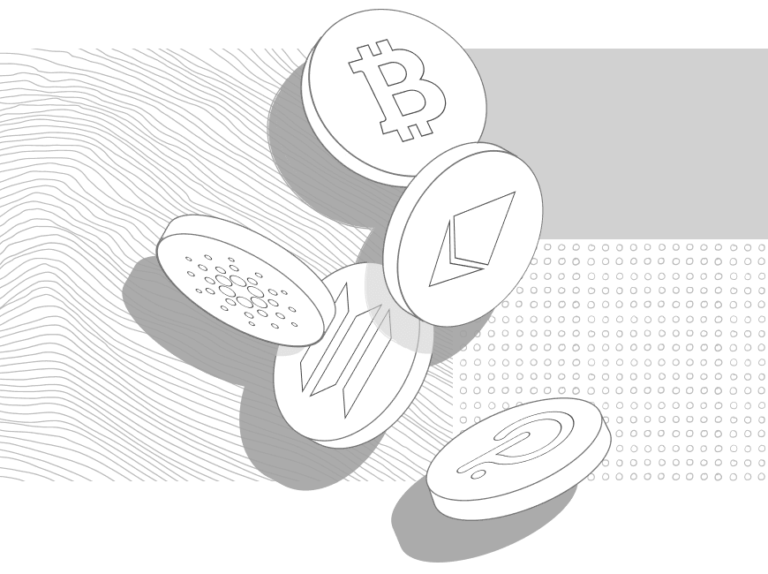Millions of applications and web pages are consumed daily for multiple services, sometimes for more than one at the same time. As users, customers, developers, and designers, we have become accustomed to certain standards when it comes to perceiving an application, but rarely do we stop to think about whether it is accessible to everyone.
“Is my proposal accessible? Is my site ADA Compliant?.”
When considering a project proposal, these are the most frequently asked questions, often out of obligation, not out of real concern. To try to explain whether a website and/or application is accessible, you need to cover General Accessibility terms before starting to further develop the topic.
You need to be aware of these issues, as it is a universal matter present in all areas known, in order to have different perspectives on the systems that we have built.
What is accessibility?
There are many definitions in different books, and different websites, as well as personal definitions. In the end, they all have the main idea in common.
“The possibility of having access to a service/information, regardless of any possible difference”.
Requesting a ride, paying for public services, purchasing articles online, and reading national or international news, just to mention a few. All without any impediment, without any barrier.
What is disability?
Disability is understood as any situation in which someone has a barrier that limits their participation in some kind of field or action, due to the existence of a deficiency.
Types of Disabilities:
- Physical Disability
- Sensory Disability
- Intellectual Disability
- Psychic Disability
- Visceral Disability
- Multiple Disability
With these terms defined, and in order to anticipate what will be reviewed in this article, we can now begin to discuss accessibility.
Can a person with a disability order food with the same ease as a person without a disability?
The answer is simple, it depends. The disabled have many limitations and barriers in everyday activities that for us are simple, such as walking, reading … using a phone, moving a mouse…
At the beginning of the article we may have not thought about many things regarding accessibility, but at this point, with greater seriousness and awareness, might be wondering: Is my site actually accessible?
Web Accessibility
With the definition of accessibility given above, we can define web accessibility in the following way:
“The Possibility of consuming web content without exclusion.”
It could also be defined as the Design, Guidelines, standards, and methodologies, that will allow a person with disabilities to consume or to access web content without exclusion.
Is web accessibility important?
Web applications are already linked with the entire environment that surrounds us, education, politics, government, economy, etc. People with disabilities have the same right as us to be able to access all of this information without any exclusion or segregation of any kind.
The right to information is a human right, a key component of the right to freedom of thought and expression, generating web applications that are not accessible is a direct violation of this right.
Then, we begin to ask…
How to make my website/application accessible
Many times we will be asked to design/develop a website with hundreds of features with tons of dynamic content… and that is accessible. Or to implement accessibility on a website that has years of seniority.
“Make my site to be ADA Compliant”
Usually, the previous term is without even really understanding what that means. It is understood by ADA-compliant, any website that is trying to be accessible to people with disabilities, this term does not mean that is to the exclusion of other standards or guidelines as of WCAG.
To make our project accessible we must follow some standards/laws and methodologies of accessibility. These can be found on the web:
“The American with Disabilities Act” (ADA), “The Section 508” and “The Web Content Accessibility Guidelines” (WCGA).
But how do we differentiate all this information at the time you execute it? What should I use? Which is better?
It all depends on the nature of your project, and the laws to which it may be bound to. However, all of them have the same bases. Many times we already use these practices in our everyday work, the difference is now we will implement them with accessibility in mind.
What do I need to make my website accessible?
What do we do when we need to make a web page? We look for a team of developers with the knowledge to complete the project with satisfaction. The same thing happens when we need to implement web accessibility (in the best of the cases) during the planning of a project it is necessary to have the knowledge of a developer to promote and advise on issues of accessibility in the design and development. This is the most efficient way.
In the case of an existing project, the presence of a developer with this knowledge is vital. Not having been planned or correctly implemented from the start can lead to substantial changes to the code base of the web page.
But as it is well known, there aren’t many developers with the knowledge strictly tuned and/or certified in accessibility, so that the best option is to look for counsel from outside entities that are in charge of performing these tasks, or, as a starting point use one of the many online tools to validate the accessibility.
Example of Tools:



